Join the author, Néstor T. Carbonell, as he shares a critical analysis of the Castro-Communist regime and explores the challenges and opportunities that will likely arise when freedom finally dawns in Cuba.
CHAPTER 11: Castro’s Detente Game: From Johnson to George H. W. Bush
Richard Nixon (1969-1974)
Cuba was not a major concern when Nixon took office, nor was it viewed as a priority by his administration. The president had other fish to fry: disentangle Vietnam, a war he had inherited that had polarized the nation; reduce tensions with the Soviet Union, initiating a period of detente that led to the signing of an Anti-Ballistic Missile Treaty; and open diplomatic relations with Communist China.
The prevailing view in Washington, following Guevara’s demise in Bolivia, was that Moscow, in the spirit of detente, would keep Fidel in check and not provoke any new incident with the United States over Cuba.
The Castro-Communist regime was, therefore, downgraded in the corridors of power from a looming menace to a vexing but manageable nuisance, and all attempts to subvert or overthrow the regime were ended. Whatever was left, if anything, of a regime-change strategy was scrapped, and containment became the paramount objective to avert other Cubas.
Within the exile community, some of us could understand why Cuba did not figure among Nixon’s top priorities when he was elected president, but we were surprised and disappointed that he had apparently downplayed or disregarded the danger he himself had flagged after the Cuban Missile Crisis: that the island near our coast could become a Soviet launchpad for espionage, military assaults, and subversion.
After Nixon had lost the race for governor of California and moved to New York, the former prime minister of Cuba, Tony Varona, and I were invited to brief Nixon on lessons learned from the Bay of Pigs and the Missile Crisis. We were told that he was planning to write a paper on the subject and wanted to get our perspective. The meeting took place at the residence in Key Biscayne, Florida, of Nixon’s close friend, the banker Charles «Bebe» Rebozo.
I well remember that our interlocutor probed us with incisive questions, took copious notes on his yellow pad, and displayed an impressive command of foreign affairs. Much of what we discussed that day was later sharpened and expanded by Nixon in very clear terms. In April 1964, he told the American Society of Newspaper Editors, «We have goofed an invasion [the Bay of Pigs], paid tribute to Castro for the prisoners [the brigade], then given the Soviets squatters’ rights in our backyard.»
And in his lucid piece «Cuba, Castro, and John F. Kennedy» carried by Reader’s Digest on November 5, 1964, Nixon wrote, referring to the Missile Crisis, «The United States pulled defeat out of the jaws of victory.» He went on to say, «Weak-kneed foreign policy encouraged the enemy to bolder and bolder action. Shiploads of Soviet arms have continued to pour into Cuba—until today, except for the United States and Canada, the island is the strongest military power in the Western Hemisphere.» He also wrote, «For world Communist leaders the battle for Cuba is not about Cuba. It is about Latin America. And the eventual target is the United States.»
Did Nixon at the White House dismiss the Cuban threat and pursue the same weak-kneed foreign policy he had keenly criticized? Not for long.
Renewed Military Buildup in Cuba
Moscow took advantage of Washington’s Cuba policy shift post-Missile Crisis to resume its military escalation in Cuba. As noted in a well-researched study by Christopher Whalen, an analyst at the Heritage Foundation, the buildup this time was carried out in a tentative and gradual way. Each incremental move was a test; each minor achievement was a precedent to build on.
The arrival in Cuba, in July 1969, of a seven-ship Soviet naval squadron, which included a guided missile carrier, two guided missile destroyers, and a November-class nuclear attack submarine, marked this new chapter of Russian expansionism. For the first time since the Spanish-American War in 1898, the naval force of a rival extracontinen-tal power entered «mare nostrum»—the Caribbean Sea. The submarine did not put into any Cuban ports, but several surface vessels visited the port of Cienfuegos. There was no Washington reaction.
The Soviets then decided to include Cuba in their global naval exercises, Okean-70, and to start flights from Murmansk to Havana of Tu-95 Bear turboprop reconnaissance aircraft. Unchallenged, the aircraft soon conducted from Cuba reconnaissance missions along the East Coast of the United States.
A second naval squadron visited Cuba in May 1970, including an Echo II-class nuclear powered cruise-missile submarine equipped to carry nuclear warheads. According to the Center for Strategic and International Studies of Georgetown University, «the visit of the nuclear Echo II to Havana is believed to be the first time that a Soviet nuclear attack submarine has entered a non-Russian port.» On this visit, the Russian ships openly used Cuban ports for resupply, thus moving another notch in their escalation. Still no Washington reaction.
Then in September 1970, a third Soviet squadron was sighted en route to Cuba. This force, including submarine tenders and a barge to handle nuclear waste, rendezvoused outside Cienfuegos harbor. It was there that the Soviets had been secretly building a submarine base to extend the range of their nuclear-powered fleet. The specter of a US-Soviet confrontation loomed anew.
Although the 1962 Kennedy-Khrushchev agreement on Cuba was «never formally buttoned down» and did not explicitly prohibit a Soviet submarine base in Cuba, Henry Kissinger, Nixon’s national security adviser at the time, took the position that such a base violated the 1962 accord. During his tense meeting with Soviet ambassador Anatoly Dobrynin on September 25, 1970, Kissinger’s message to Moscow was direct and unambiguous: «We would view it with utmost gravity if construction [of the submarine base] continued,» he pointedly warned. Having underscored the seriousness of the crisis, he then told Dobrynin that «it is now up to the Soviets whether to go … the route of conciliation or the route of confrontation.»
The Soviets elected to back down, but not totally. They did not go ahead with the construction of the submarine base and thus avoided a direct clash with the United States. Yet less than three months after the 1970 understanding, another nuclear-powered November-class submarine, accompanied by a Kresta-I guided missile cruiser and a submarine tender, put into Cienfuegos and was serviced. Since then, numerous submarines from the USSR called in Cuban ports and patrolled the southern and eastern coasts of the United States.
While the Nixon administration was wrestling with the Soviet submarine base issue in Cuba, news from Chile jolted the White House. On September 4, 1970, Salvador Allende had won the presidential election in a close three-way race with a plurality of 36.3 percent of the votes cast. He was about to become the first Marxist president, with KGB-Castro ties, to be elected in a Latin American country.
Surprise in Chile
Allende, a Chilean physician born into an upper-middle-class family, had run unsuccessfully for the presidency as a member of the Socialist Party in 1952, 1958, and 1964. As revealed by Vasili Mitrokhin, a Soviet defector who had access to the KGB’s foreign intelligence files, the KGB first contacted Allende in 1953. That relationship grew much closer when the Soviet-Chilean diplomatic relations were established in 1964.
The Chilean Communist Party initially viewed Allende as a «weak and inconsistent politician» with Maoist sympathies and a hefty dose of arrogance and desire for glorification. He also had a reputation as a licentious bon vivant. During his visits to Havana in the 1960s, some of Castro’s entourage privately mocked him for his bourgeois tastes, fine wines, tailored suits, and elegantly dressed paramours.
Despite those troubling traits, Moscow had confidence in Allende (codenamed LEADER by the KGB) and decided to support him as their best bet to seize power in Chile. The chances for success significantly improved when he ran again for president in 1970. His candidacy was backed by an enlarged left-wing coalition, and the anti-Marxist vote was split between two other contenders.
What perhaps tilted the balance in Allende’s favor was the half a million dollars he got through KGB channels. The CIA spent a comparable amount on the campaign but was barred by those in charge of covert action (40 Committee) from supporting any of the candidates opposing Allende. The agency could only alert Chileans to the danger of a Communist takeover.
Allende’s narrow victory by only thirty-nine thousand votes out of a total of the three million cast was hailed by a Moscow commentator as «second only to the victory of the Cuban Revolution in the magnitude of its significance as a revolutionary blow to the imperialist system in Latin America.»
At the White House, according to Henry Kissinger, «Nixon was beside himself» when he heard the news. Having excoriated the Democrats for over a decade for allowing Cuba to go Communist, he himself now faced the same prospect in Chile. Richard Helms, CIA director, blamed Nixon and Kissinger for failing to heed his calls for covert action: «It was their own damn fault for letting things go until it was too late.» Nixon, writes Kissinger, now insisted on «doing something, anything, that would reverse the previous neglect.»
Agustin Edwards, owner of the leading newspaper in Chile (El Mercurio), played an important role in alerting Nixon to the ominous consequences of an Allende takeover. I knew the amiable and talented Agustin well, since at the invitation of PepsiCo’s CEO Donald Kendall, he joined the company where I was working. He and I spoke at length about the Castro-Communist penetration in Latin America.
As disclosed by Kissinger in his memoirs, after Edwards met with Nixon at the White House on September 14, the president told Helms that he wanted a major effort to see what could be done to prevent Allende’s accession to power.
Under great pressure from the president, the CIA developed two covert courses of action. The first one involved the Chilean congress. Since no presidential candidate had won an overall majority, Chile’s constitution mandated that a joint session of its congress choose between the two candidates who had garnered most votes. The task was to persuade enough members of congress to vote into office not the front runner (Allende) but the candidate who had come in second Gorge Alessandri). The other course of action called for engineering a military coup.
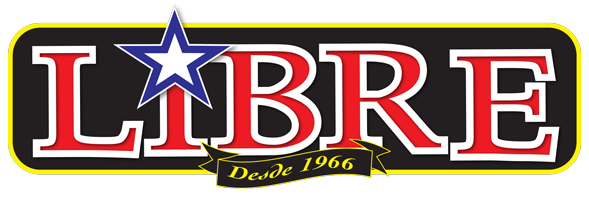
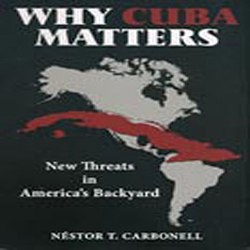

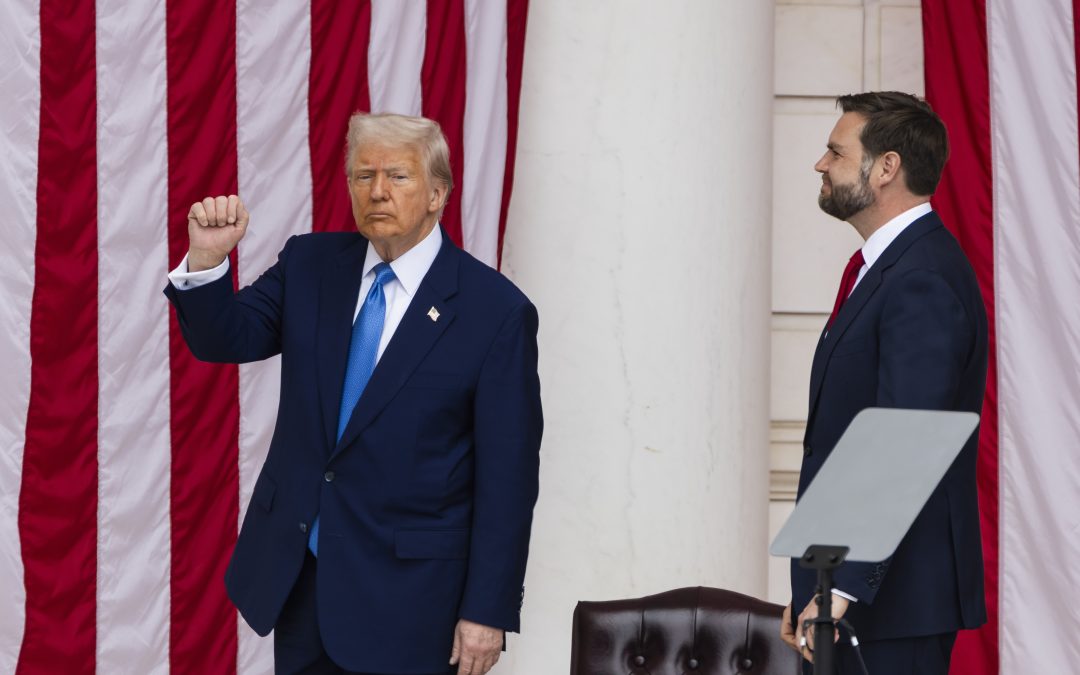
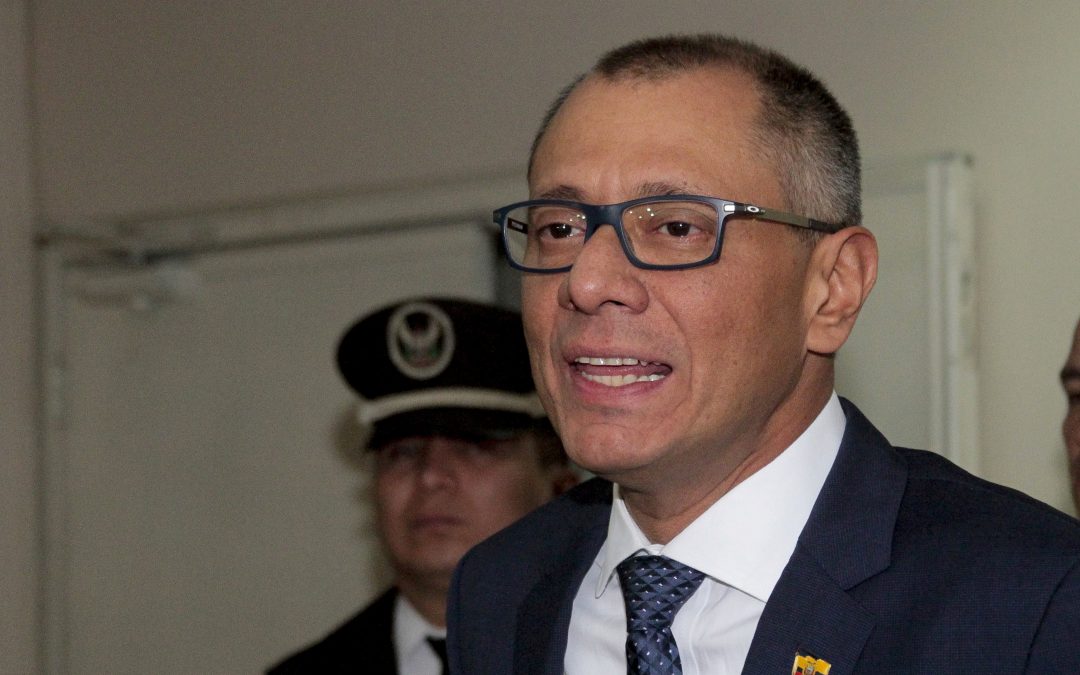
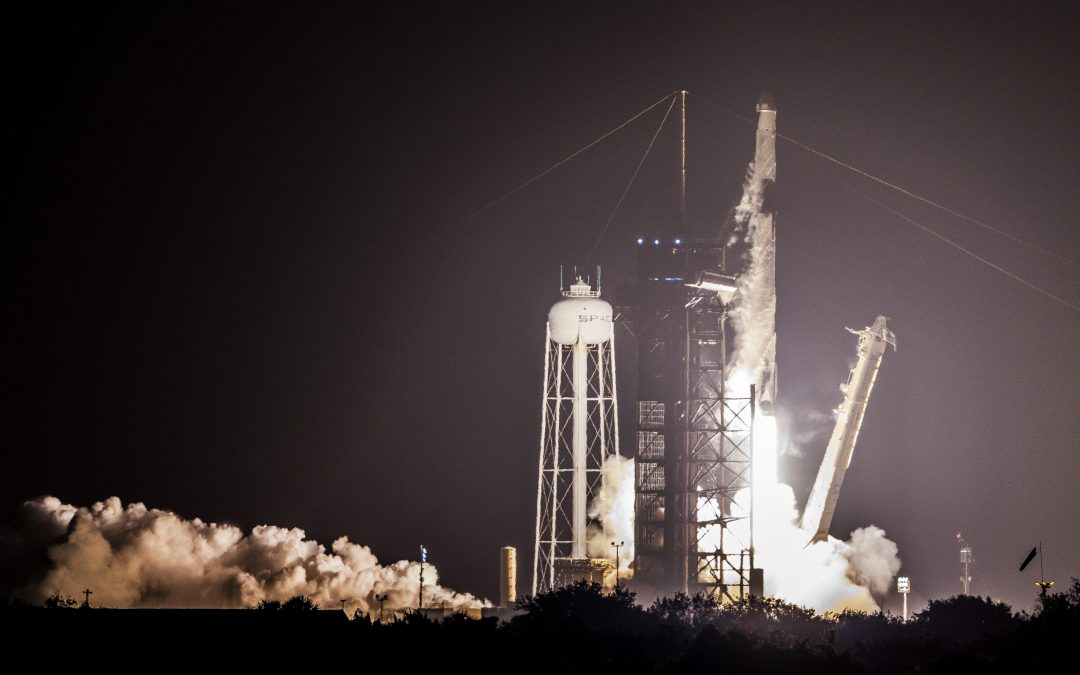
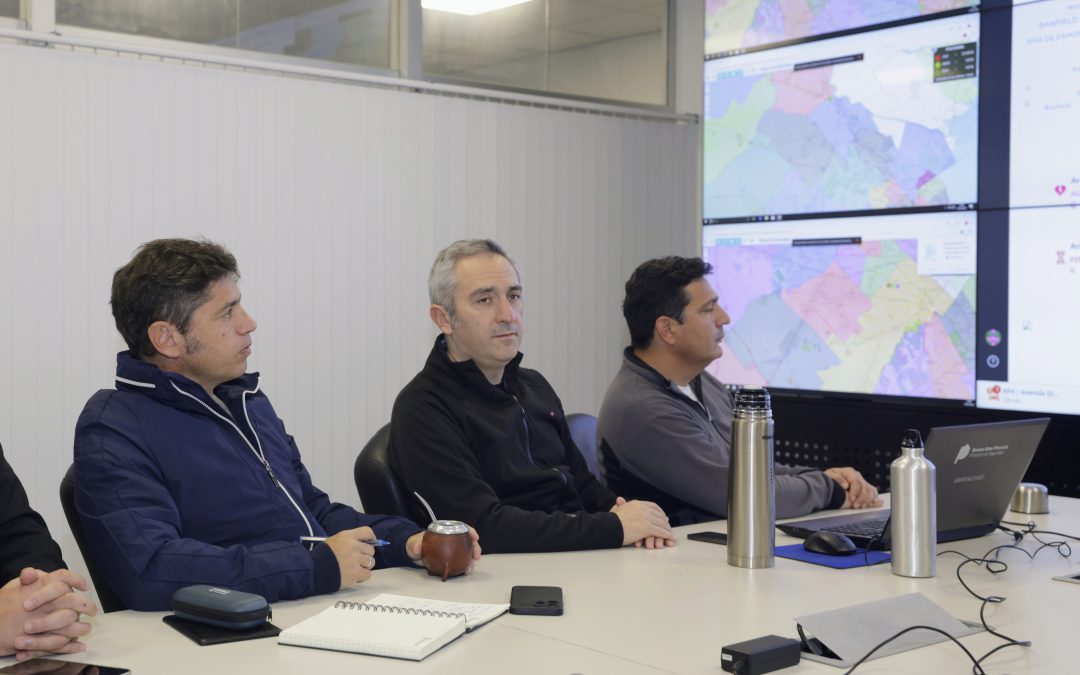







0 comentarios